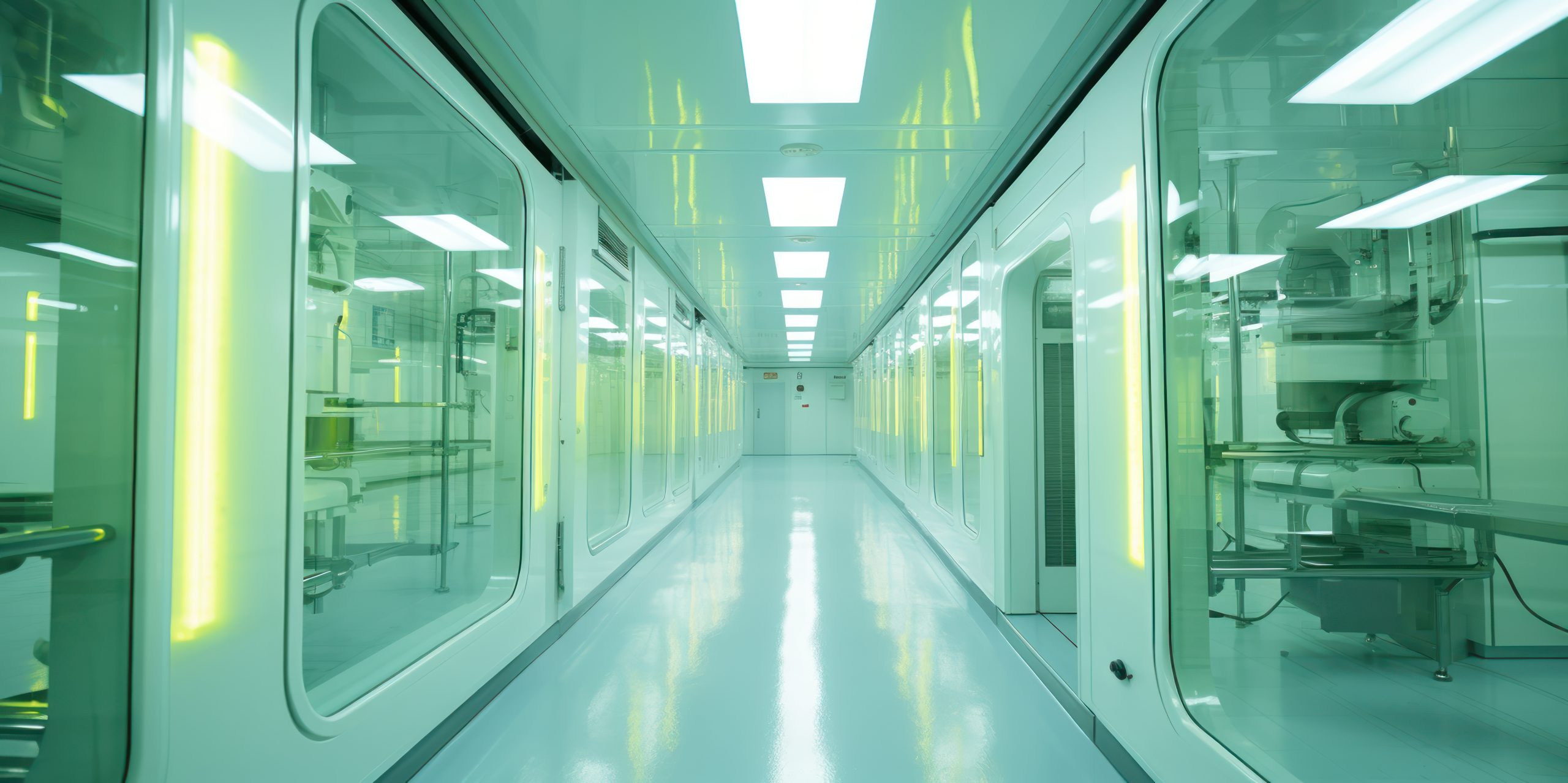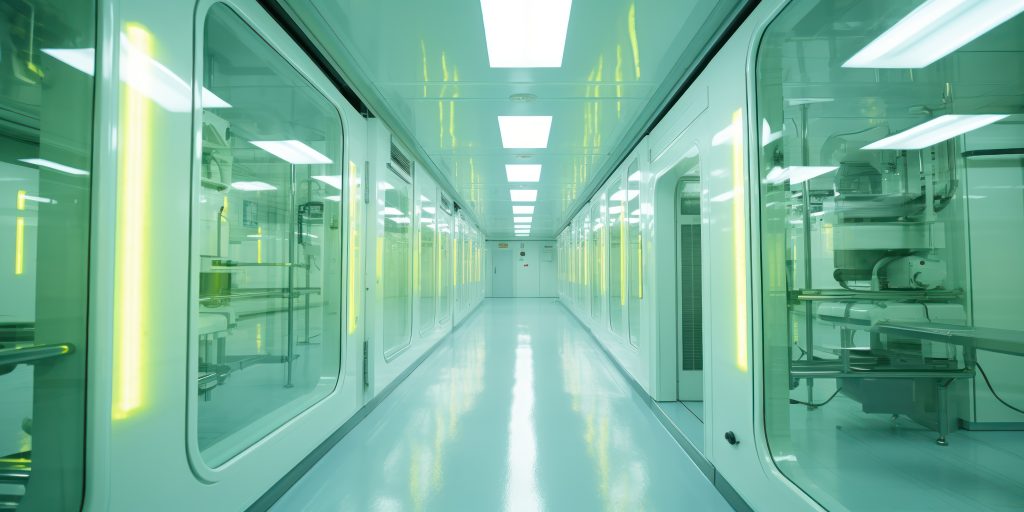Which temperature range is suitable for using cold rooms?
The majority of cold rooms are between -2°C and 10°C. Depending on what is being stored within, the precise temperature will change. You may set up a cold room as a freezer to provide ultra-cold storage between -50°C and -80°C if you require a colder option.
How do you operate a cold room?
In most cases, cold rooms operate in the same way as regular refrigeration equipment. For temperature maintenance, they make use of an evaporator, fans, compressor, and condenser. Compressed gas refrigerant expands, absorbs energy, and travels across the coils of the evaporator. Because of the intense pressure, it liquefies and cools the surrounding air and coils.
What is a cold room used for?
The purpose of a cold room is to preserve a specific temperature within an insulated and refrigerated environment. Given their capacity to keep a huge amount of product and their ability to range in size from a tiny walk-in room to a bigger warehouse, they are utilized in professional kitchens to store food. They are also known as “walk-ins” occasionally.
What are some of the basic features of a cold room?
There are several other elements that cold rooms might have to enhance their daily efficiency and operations:
The majority have an active ice-melting automatic defrost system.
An internal button that unlocks the door serves as an emergency exit in every contemporary cold room. A panic button could also be present in some.
Interior lights are often included as standard equipment, whether they are automatic or manual.
You may create a ramp if you load stock using trolleys. By doing this, the elevated door frame’s potential for tripping is likewise lessened.
Sometimes doors with self-closing mechanisms exist to help save on operating expenses.
What should you consider before installing a cold room?
You may use your cold room as a walk-in freezer or refrigerator—some versions even allow you to use it as both. You must determine what your firm needs.
Your inventory will be arranged on shelves, also referred to as racking, to maximize storage space and guarantee that ingredients are readily available.
Since you may usually arrange this however you like, the shelf is sometimes offered for sale separately. Shelving can rust or shatter in a cold room due to the hard atmosphere, food acids, moisture, and continuous use.
You must choose a robust and resilient alternative made of anodized aluminium or PVC.
It is important to think about ventilation since cold rooms need a lot of it surrounding the unit for heat to escape.
If you want to place your cold room indoors, you need to think about other items in the space and if they might have an impact on performance.
It is not recommended to place it in a small space since there could not be adequate ventilation to maintain the proper temperature.
You must be aware of the surrounding temperature before entering.
Conclusion: The cold room can function at its maximum ambient temperature before it starts to affect the inside temperature. The majority of cold rooms can work at up to 32°C; however, more potent solutions are available if you need a higher ambient temperature.






